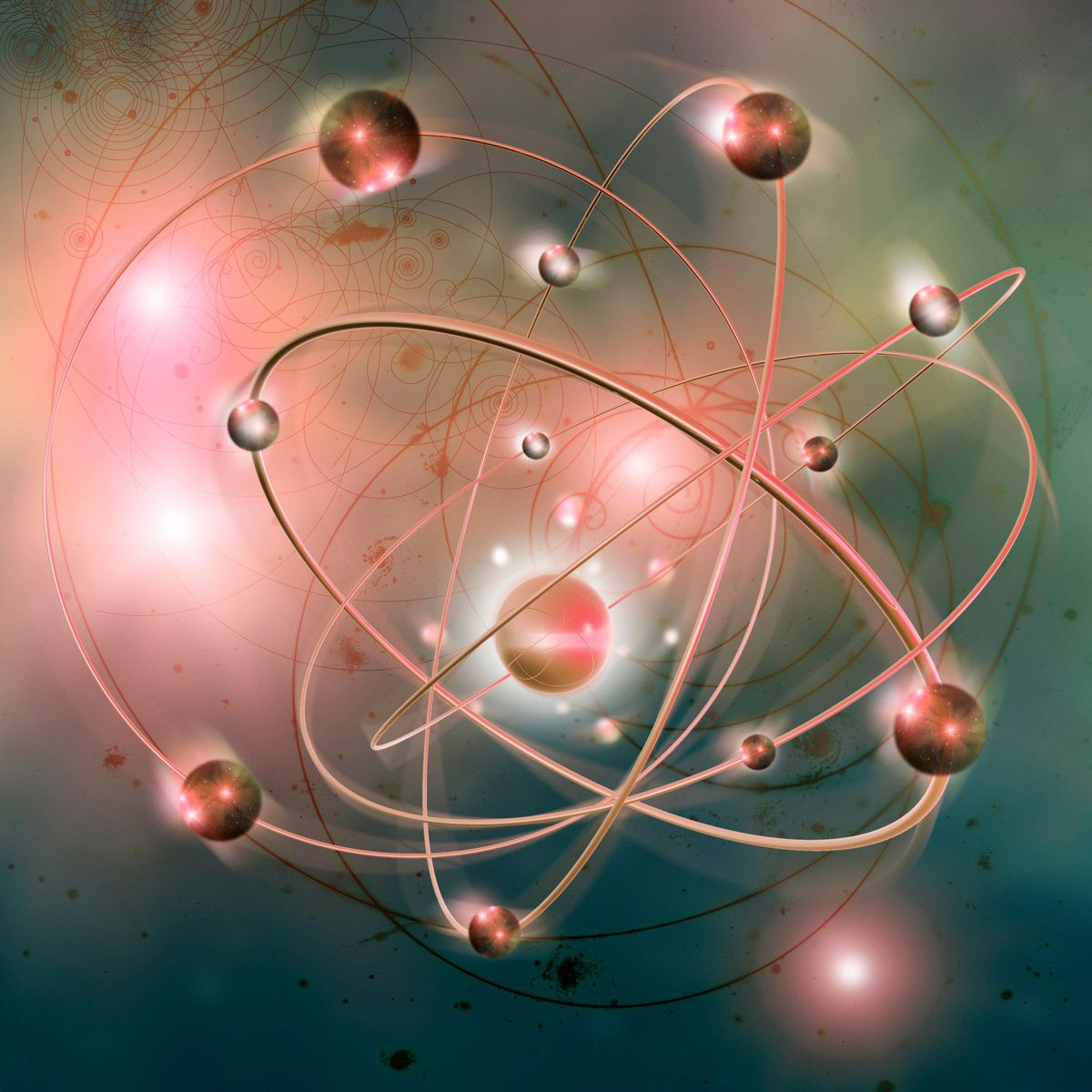Introduction
Quantum mechanics is one of the most profound and revolutionary theories in modern physics. It describes the behavior of matter and energy at the smallest scales—atoms, electrons, photons, and other subatomic particles. Unlike classical physics, which follows predictable and continuous laws, quantum mechanics reveals a world where particles can exist in multiple states at once, teleport information, and become mysteriously connected across vast distances.
Key Principles of Quantum Mechanics
1. Wave-Particle Duality
One of the most fundamental concepts in quantum mechanics is that particles, such as electrons and photons, exhibit both wave-like and particle-like properties. This duality was first demonstrated in the famous double-slit experiment, where electrons create an interference pattern (a wave property) even when fired one at a time (a particle property).
2. Quantum Superposition
In the quantum world, particles can exist in multiple states simultaneously until they are measured. This is known as superposition. Schrödinger’s famous thought experiment, involving a cat that is both alive and dead until observed, illustrates this bizarre yet essential quantum principle.
3. Quantum Entanglement
When two or more particles become entangled, their properties become linked, no matter how far apart they are. Measuring one particle instantly determines the state of the other, a phenomenon Einstein called “spooky action at a distance.” This has profound implications for quantum computing and secure communication.
4. Heisenberg’s Uncertainty Principle
Werner Heisenberg showed that it is impossible to simultaneously know both the position and momentum of a particle with perfect accuracy. The more precisely one property is measured, the less precisely the other can be known. This isn’t due to measurement flaws but is an inherent feature of quantum systems.
5. Quantum Tunneling
Particles can sometimes pass through barriers that classical physics says should be impenetrable. This quantum tunneling effect is crucial in technologies like semiconductors and nuclear fusion.
Applications of Quantum Mechanics
Quantum mechanics isn’t just theoretical—it powers many modern technologies:
- Computers & Electronics: Transistors, lasers, and microchips rely on quantum principles.
- Quantum Computing: Uses qubits (quantum bits) that leverage superposition and entanglement to perform calculations exponentially faster than classical computers for certain problems.
- Medical Imaging: MRI machines use quantum properties of atomic nuclei to create detailed body scans.
- Cryptography: Quantum encryption enables ultra-secure communication through quantum key distribution (QKD).
The Future of Quantum Mechanics
Scientists are still uncovering the mysteries of quantum mechanics, including its connection to gravity (quantum gravity) and the nature of reality itself. Quantum technologies, such as quantum internet and advanced AI, could revolutionize industries in the coming decades.
Conclusion
Quantum mechanics challenges our everyday intuition but provides the most accurate description of the microscopic world. From the strange behavior of particles to groundbreaking technologies, its impact is undeniable. As research progresses, we may unlock even deeper secrets of the universe—one quantum leap at a time.



